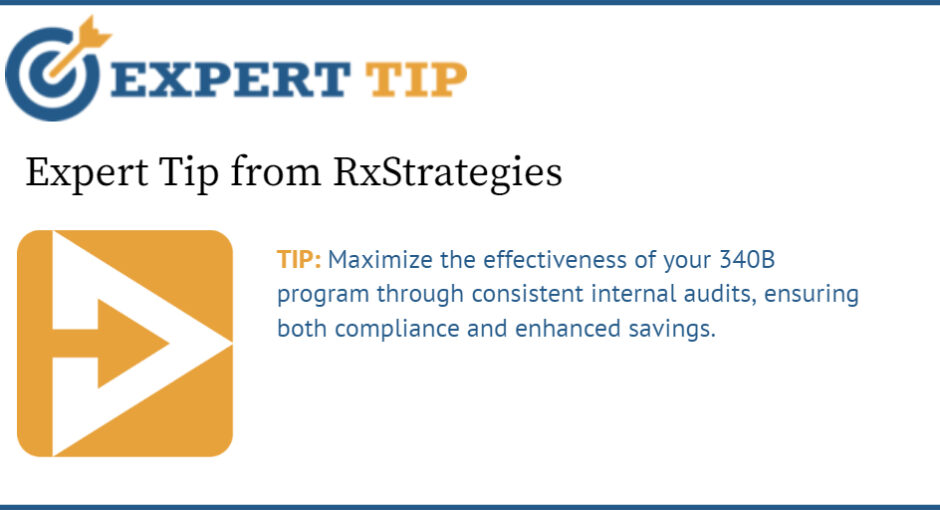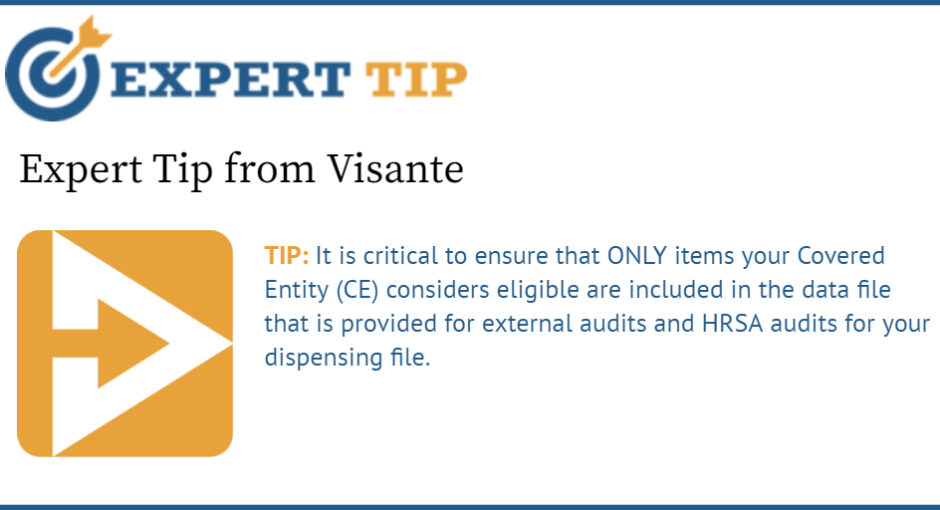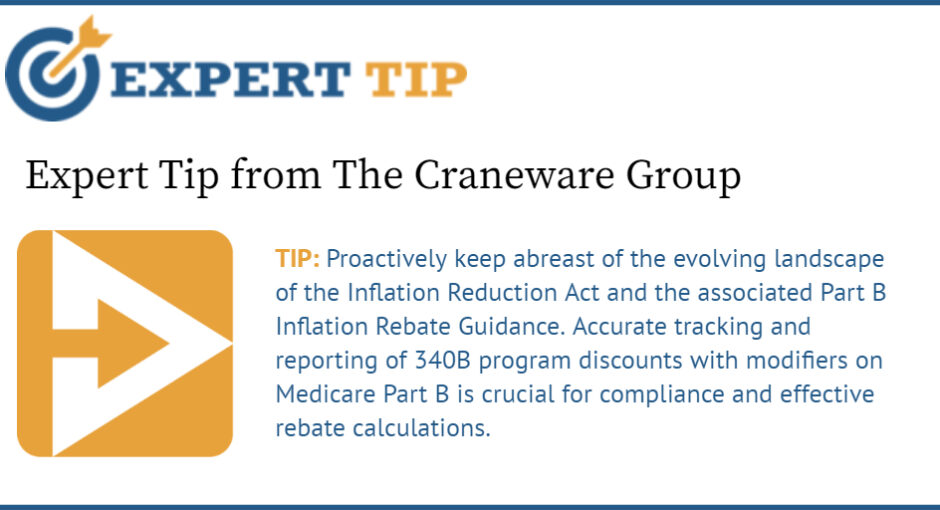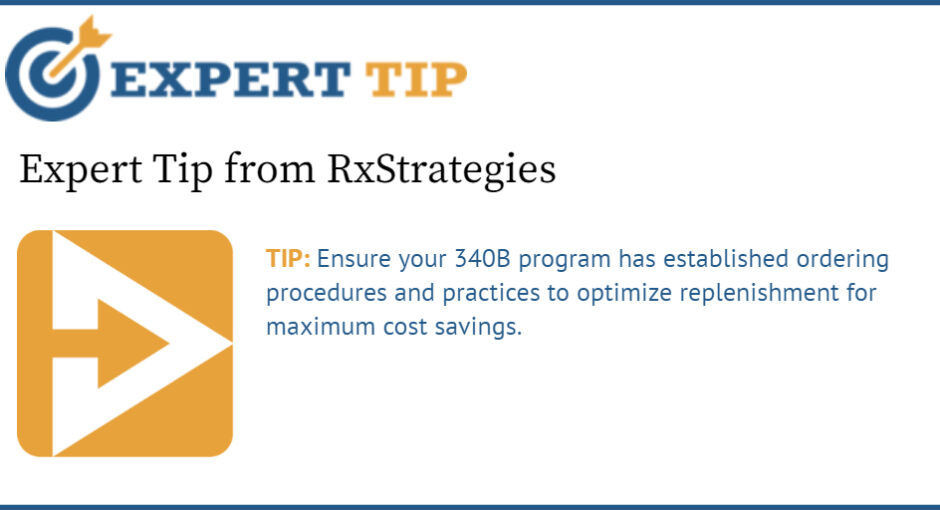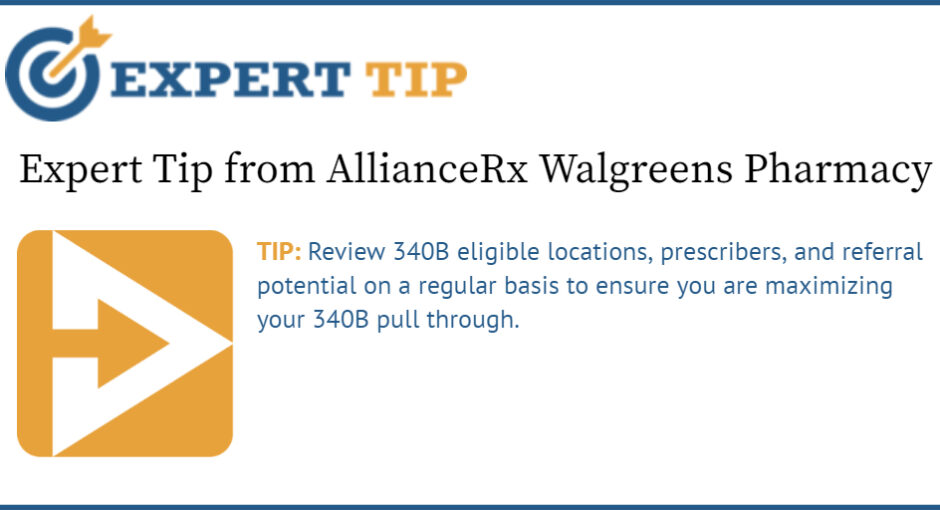
SPONSORED CONTENT

TIP: Maximize the effectiveness of your 340B program through consistent internal audits, ensuring both compliance and enhanced savings.
Establishing and running an effective 340B program requires diligent oversight and dedicated compliance management. A key component in achieving success is the regular implementation of internal audits. These audits serve as a proactive measure, ensuring your organization’s adherence to all the necessary regulations and guidelines governing the 340B program. By routinely reviewing your program’s operations, you can promptly identify and address any potential compliance issues, preventing their escalation into more significant problems. This not only helps in avoiding potential fines and penalties but also ensures that your program is operating at its full potential.
In addition to ensuring compliance, internal audits can also help optimize savings within your 340B program. A thorough examination of your purchasing and dispensing practices allows for the identification of opportunities to enhance efficiency and reduce costs. This could include streamlining inventory management, negotiating more favorable pricing with suppliers, or uncovering possibilities to expand the program’s reach to serve more eligible patients. By implementing adjustments based on insights gained from internal audits, you can strengthen the financial sustainability of your 340B program. This also ensures its continued provision of essential services to underserved populations while maintaining compliance with all relevant regulations and guidelines.

Sejal Patel, Senior Director Client Success, can be reached at spatel@rxstrategies.com
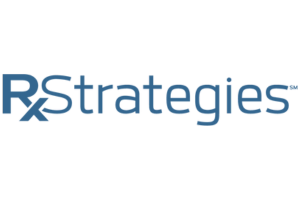

SPONSORED CONTENT

TIP: Create and maintain a comprehensive crosswalk or log documenting your 340B registered sites, contract pharmacies, and all associated contract pharmacy agreements.
Keeping a strategic log of essential 340B data elements is crucial for preserving your 340B eligibility. Regularly update your log with any new 340B contracts, clearly specifying the applicable sites (340B IDs) for each. This practice ensures efficient confirmation of registration accuracy, especially during quarterly internal or external audits. To streamline this process, consider leveraging the OPAIS database and incorporating additional fields for enhanced tracking.
Focus on key information to ensure effective oversight:
1. Covered Entity Information:
-
- 340B ID
- Name and Address
- Sub-Division Name
Why: Enables swift confirmation of accurate registration during audits and compliance assessments.
2. Contract Pharmacy Information:
-
- Pharmacy Name and Address
- Pharmacy ID
Why: Essential for monitoring contract pharmacy relationships and ensuring compliance with 340B program requirements.
3. Contract Information:
-
- Contract Document Name and Location
- Contract Begin and End Dates
- Contract Approval and/or Termination Date (OPAIS)
Why: Facilitates effective contract management, ensuring timely renewals and adherence to approval timelines.
4. Contract Pharmacy Rep Information:
-
- Rep Name and Contact Details
Why: Streamlines communication and oversight of contract pharmacy relationships.
By focusing on these key data points, you enhance your ability to navigate audits, manage contracts efficiently, and maintain compliance with 340B program regulations.

Shelly Oppong is interim chief operating officer at 340Best. She can be reached at s_oppong@340best.com


SPONSORED CONTENT

TIP: When offering repayment to manufacturers for noncompliant purchases, it helps to standardize the refund process by setting a target date for completion, maintaining detailed records, and developing an action plan for manufacturers that respond after the target date.
Understanding HRSA’s expected timeline for manufacturer repayments resulting from self-disclosures and/or HRSA audit findings offers a model timeline that can be used for repayments that do not involve HRSA, such as for noncompliant purchases identified during self-audits that do not meet the organization’s material breach threshold. HRSA expects corrective actions plans (CAPs) from self-disclosures and OPA audits to be completed within a six-month timeframe. During the six months, entities determine the full scope of the issue, correct it, and offer repayments to affected manufacturers, providing periodic progress reports along the way. Once the CAP is fully implemented, covered entities deliver a final report indicating how the issues were resolved and how they will work toward repayment with manufacturers in the future for any issues that had not been resolved at the end of the six months.
Given these expectations, a few themes emerge that can be applied to all instances of repayment:
- Set a target date to complete manufacturer repayments.
- Maintain records of repayment amounts and outreach attempts to monitor progress.
- Develop an action plan to work with manufacturers that respond after the target date.
Completing manufacturer repayments accurately and efficiently can be challenging for the following reasons:
- Historical drug pricing information may be difficult to access.
- Manufacturer refund contacts are often not publicly available.
- No statutorily defined process governs refunds of ineligible 340B discounts.
Refunding multiple manufacturers can be challenging to administer without appropriate resources.
Streamline the Refund Process: A Solution from Apexus
The Apexus Covered Entity Refund Service (CRS) helps covered entities streamline the refund process for noncompliance issues by:
- Ensuring accuracy
- Saving time
- Increasing efficiency
- Delivering auditable records
Apexus CRS draws on the expertise of Apexus in 340B compliance, transaction analysis, project management, and reporting to provide refund calculation, documentation, and closure.
To initiate a refund or prepare your organization for future refunds, visit Apexus.com/CRS, contact CoveredEntityRefunds@apexus.com, or call 888.340.2787.


SPONSORED CONTENT

TIP: Self audits require continuous monitoring.
As 340B compliance becomes increasingly political, the C-suite is ever more aware of the responsibility for maintaining a compliant program. Apexus posits that, “It is essential to have continuous self-auditing processes … to identify any systemic issues in your 340B program.” They define four types of self-audits needed to provide your program with adequate attention and resources for a viable compliance framework:
- annual, mock HRSA audits;
- monthly mini audits (aka transaction audits);
- workflow audits; and
- ongoing system audits.
If, as Apexus says, ongoing system audits are as essential to risk reduction as the annual mock audits you pay consultants for each year, what’s the solution?
#1 – Establish a self-audit plan. The 340B University is a cost-free way to get the education to establish your plan. Apexus’ Advanced Operation Certificate Program is a great follow-up to take once you’ve put in place your plan.
#2 – Regularly review your contract pharmacy agreements and OPAIS data. Fiscal year 2023 HRSA audit findings show many CEs were written up, so to speak, for OPAIS inconsistencies.
#3 – Continuously monitor all aspects of your compliance framework and provide your stakeholders with the visibility to quickly see what’s compliant and what’s not.
There is an increasing pace of change spurred by HRSA, pharmaceutical manufacturers, and legislators. Keeping up with ongoing system audits can be a bigger job than most 340B program teams are capable of tackling on their own. To identify issues and correct them quickly, you need to automate. Compliance management software can help your team make any type of self-auditing efficient, easy, and sustainable.

Craig Frost is president and COO at Sectyr, LLC. He can be reached at Craig.Frost@sectyr.com
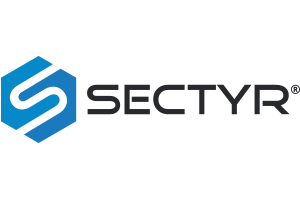

SPONSORED CONTENT

TIP: Proactively keep abreast of the evolving landscape of the Inflation Reduction Act and the associated Part B Inflation Rebate Guidance. Accurate tracking and reporting of 340B program discounts with modifiers on Medicare Part B is crucial for compliance and effective rebate calculations.
The Inflation Reduction Act of 2022 (IRA) is a pivotal healthcare policy that has brought about significant changes in the realm of drug pricing and rebates. Even though it was a prominent topic last year, its implications continue to be relevant, making it essential to grasp the interplay between the IRA and Medicare Part B.
One of IRA’s primary objectives is to combat inflation by empowering Medicare to negotiate drug prices, specifically for high-priced, single-source drugs. It introduces a rebate system that mandates manufacturers to refund Medicare when their drug prices increase faster than the inflation rate.
A pressing issue that arose was how to account for discounts provided by manufacturers for the 340B program. Subsequently, CMS issued the “Part B Inflation Rebate Guidance” post-IRA, designed to address the identification of 340B program discounts in the IRA rebate calculations. This requires that all 340B entities meticulously track and designate drugs dispensed at a 340B price in Part B with modifiers, thereby excluding them from the IRA rebate calculation.
Importantly, this Part B Inflation Rebate Guidance requirement applies to all 340B entities, including previously exempt entities like Critical Access Hospitals (CAHs).
Whether your healthcare institution is part of the 340B program or not, understanding the relationship between the IRA and CMS Part B Inflation Rebate Guidance is paramount. Staying informed, ensuring compliance with evolving regulations, and adapting processes to optimize operations are essential in navigating this dynamic healthcare landscape.

Dawn DeAngelo is VP of pharmacy solutions at The Craneware Group. She can be reached at ddeangelo@craneware.com


SPONSORED CONTENT

TIP: Ensure your 340B program has established ordering procedures and practices to optimize replenishment for maximum cost savings.
For optimal cost savings in your 340B program, it is critical to streamline the replenishment process using established ordering procedures. To get started, ensure that your 340B program maintains accurate and up-to-date information. This accurate program data is essential for managing accumulations, facilitating replenishments, and ensuring accurate ordering for qualified 340B claims.
Ordering for replenishment involves a few key aspects: proper operational setup, an understanding of which drugs can be ordered, and how to order them. First, it’s important to have a comprehensive understanding of which drugs can be automatically ordered via EDI setup. Many medications can be ordered by your system without the need for further intervention or additional information from the wholesaler.
Additionally, it’s crucial to be aware of drug replenishments that may require extra information, such as REMS, dropships, or specialty items. These specific medications will necessitate additional details like patient information, lab results, provider data, and more, which must be provided by the responsible ordering party.
Lastly, it’s essential to emphasize the importance of follow-up actions to complete the replenishment process, as items can sometimes be backordered, discontinued, or allocated for various reasons.
By thoroughly understanding your program’s overall ordering process and implementing effective follow-up procedures, your 340B program can successfully manage replenishments and maximize cost savings.

Paul Melland, senior director for client success, can be reached at pmelland@rxstrategies.com


SPONSORED CONTENT

TIP: Identify viable contract pharmacy opportunities for 340B registration to maximize savings.
How to Identify Viable Contracting Opportunities for 340B Registration:
- For covered entities, when reviewing analytics, reduce the projected savings down to between 25-30% if you have opted-in to 340B ESP reporting. If you have opted-out of ESP reporting , then reduce the projected savings down to between 10-15% of the projected savings.
- Price filter, also known as Winner’s Only model, is always suggested for covered entities to ensure positive savings for your program
- Independent contract pharmacies typically benefit from a percentage based dispense fee model. Flat fee models are recommended only in instances where claim volume is substantially high.

Danielle Sylvas, manager of 340B network development at Cervey, can be reached at dsylvas@cervey.com


SPONSORED CONTENT

TIP: It is critical to ensure that ONLY items your Covered Entity (CE) considers eligible are included in the data file that is provided for external audits and HRSA audits for your dispensing file.
This also extends to negative quantity transactions and credits, along with the corresponding initial charge to represent each reversal.

Kristin Fox-Smith, Senior Vice President at Visante, can be reached at kfoxsmith@Visanteinc.com
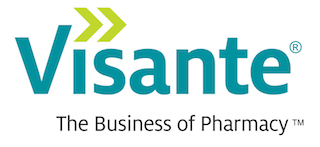

SPONSORED CONTENT

TIP: Beware of EMR location codes in your data that don’t make sense for prescription generation.
Providers are often in a hurry when they are charting, and sometimes they will open a patient’s chart and choose the most recent encounter to attach a prescription. This can be a common source of error, as the most recent encounter location may not be the location where the provider wrote the prescription. If this location is ineligible for 340B, it could be a red flag during a HRSA audit even if the location was inaccurate.
Regular self-auditing is a vital part of your ongoing 340B program maintenance, and targeted auditing of potentially problematic locations can be an important area of focus. Some examples of problematic locations are lab visits or radiology, where the prescriber may not have seen the patient but the encounter “bubbled up” to the top of the encounter list.
Keep communication open with your providers to stress the importance of choosing the correct encounter when they chart a prescription. If the problem is widespread, contact your TPA and discuss whether blocking problematic locations in your data would be beneficial.

Ryan Doskocil is Technical Training Lead Analyst at Verity Solutions. He can be reached at rdoskocil@verity340b.com


SPONSORED CONTENT

TIP: Review 340B eligible locations, prescribers, and referral potential on a regular basis to ensure you are maximizing your 340B pull through.
The Problem: Covered entities and their child sites may have different locations that are 340B eligible. When setting up and transferring patient encounter information to your Third-Party Administrator (TPA), eligible locations may be missed. If using an NPI list, review and update the NPI list on a regular basis.
Patients who are referred to a specialist by their primary provider may receive a prescription, which may be 340B eligible, but not captured due to your program’s current setup.
The Solution: During routine audits, ensure you are reviewing and including eligible patient encounter information and eligible 340B locations which are shared with TPAs to maximize your 340B pull through.
Review your EMR data for patient referrals, medications being prescribed and dispensing pharmacies, to determine the contract pharmacy and referral partner relationship that is best for your covered entity.

Michelle Daniel is Strategic Account Manager at AllianceRx Walgreens Pharmacy. She can be reached at michelle.daniel@alliancerxwp.com
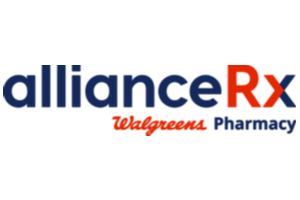
*Sign up for news summaries and alerts from 340B Report



